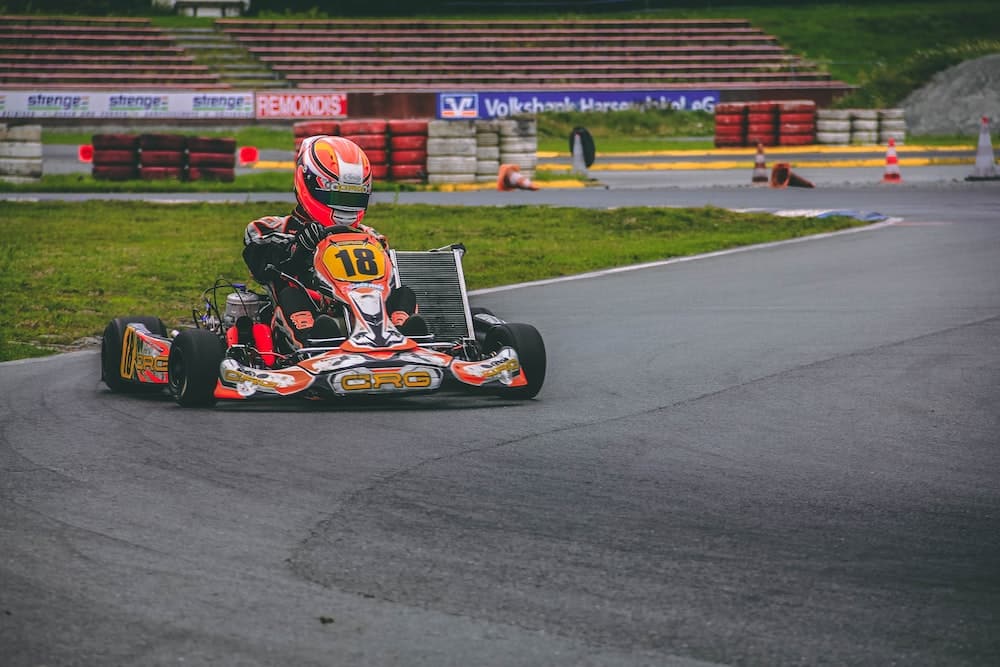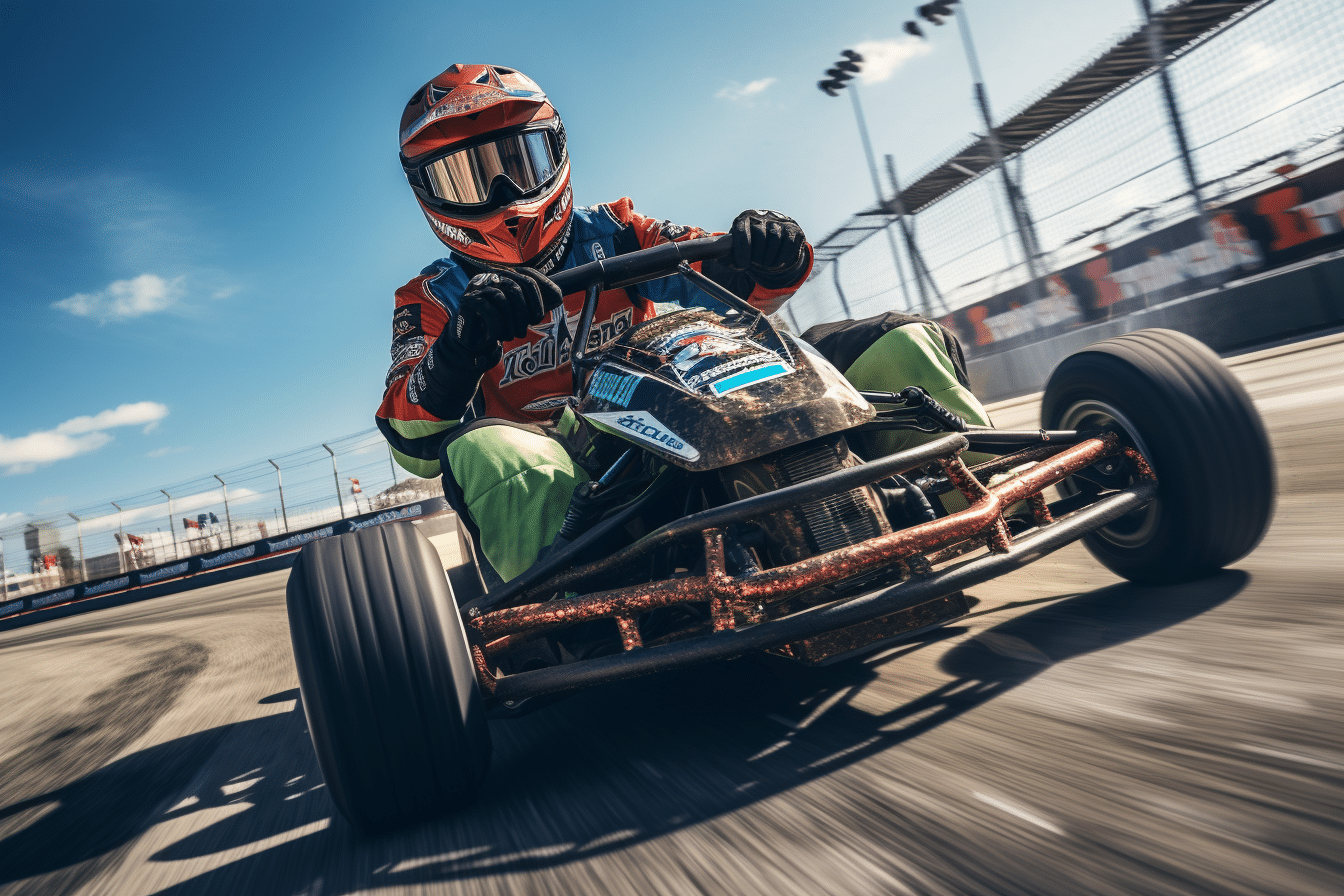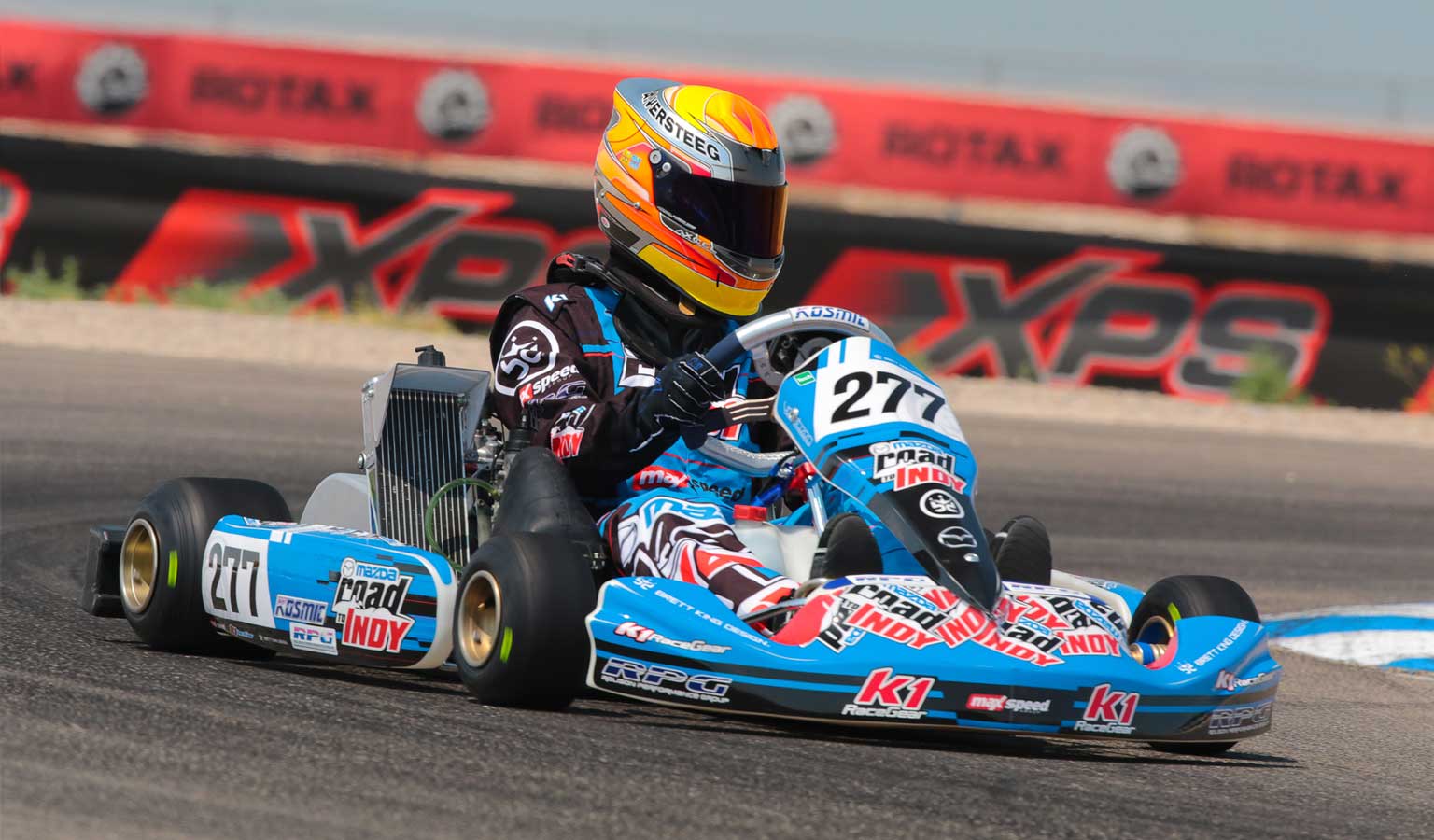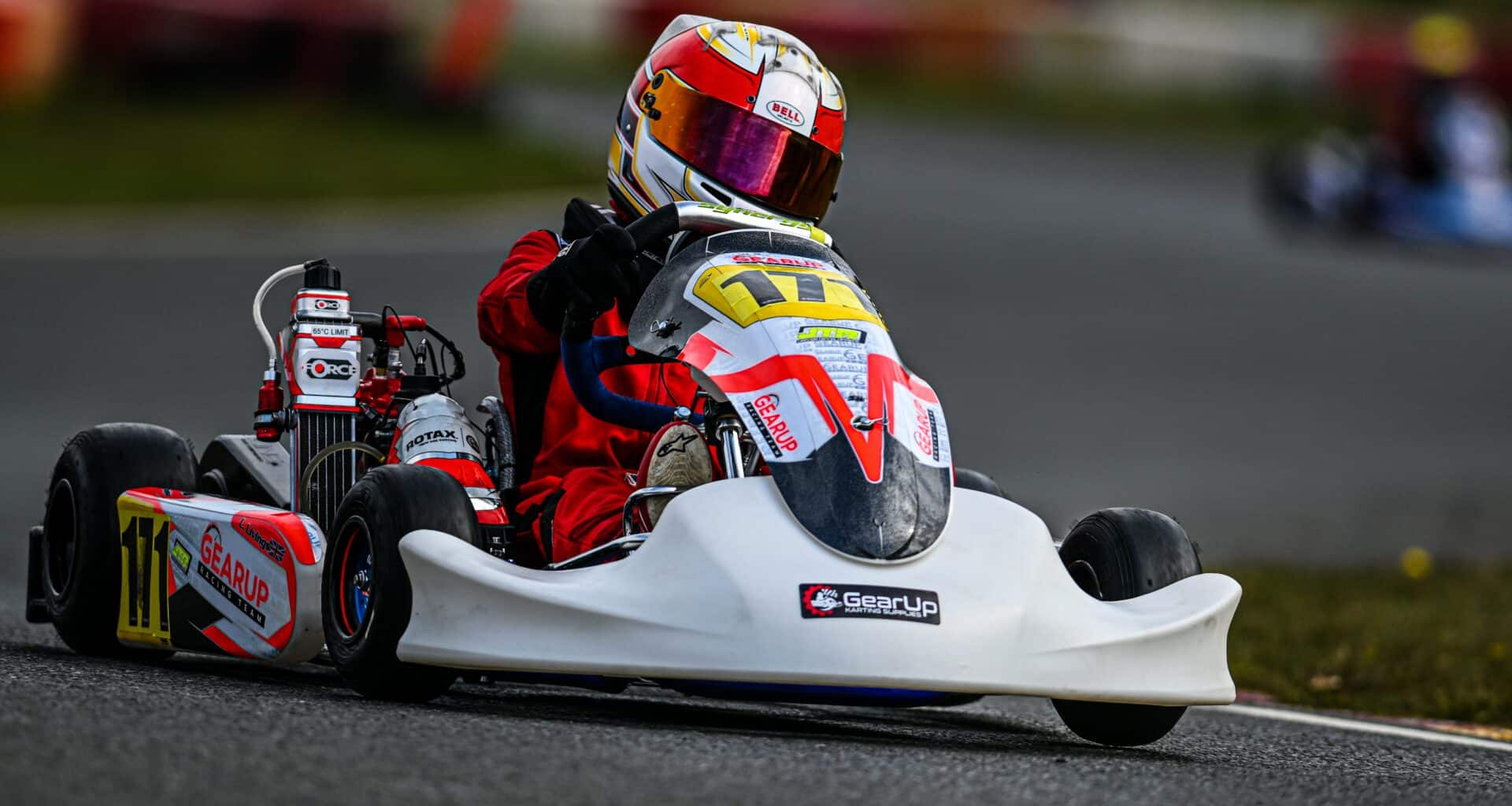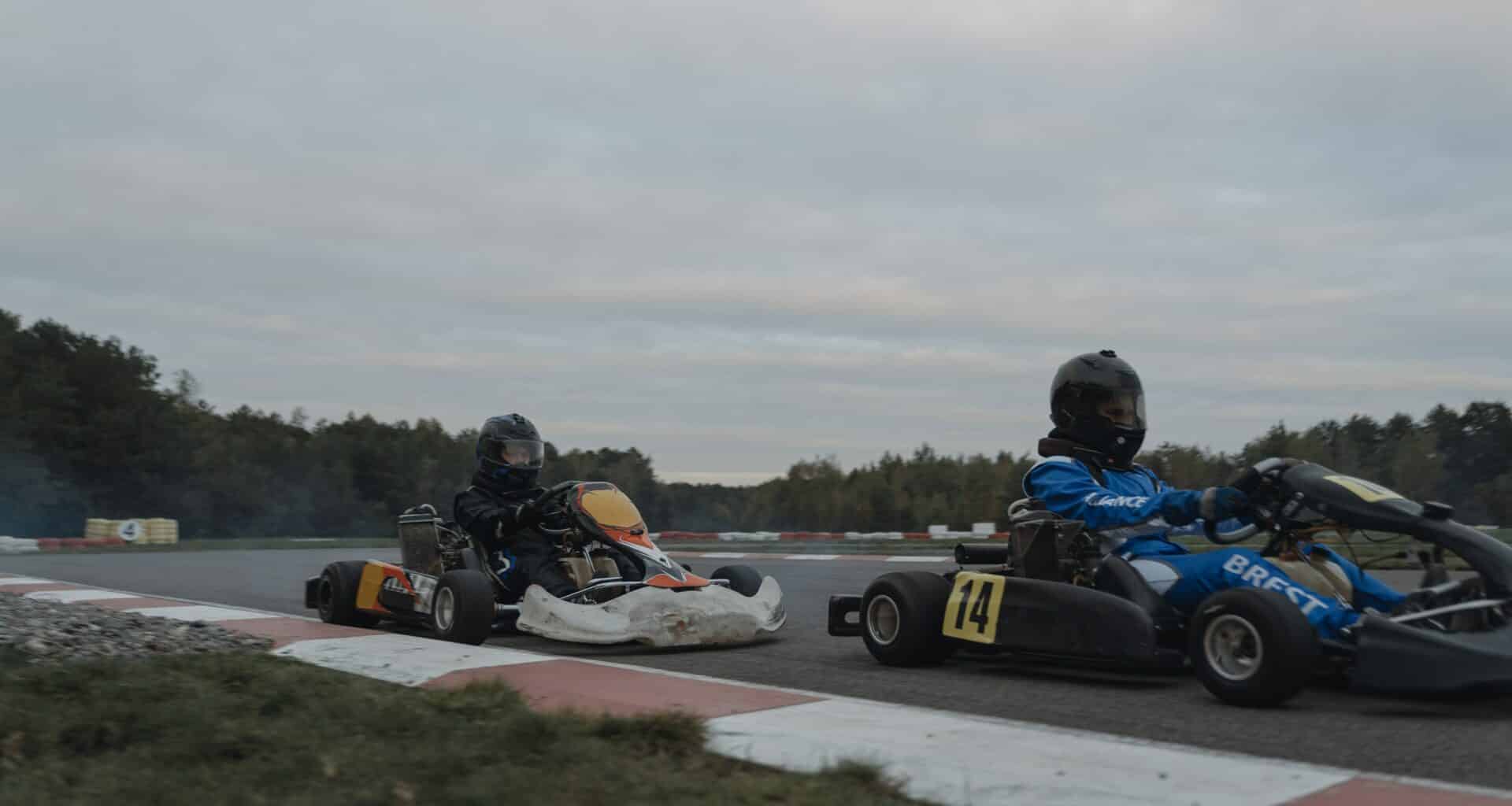Table of Contents
- 1 The Interplay between Horsepower and Go Karts Performance
- 2 Calculation and Application of Horsepower in Go Karts
- 3 Horsepower and Go Kart Engines: A Detailed Analysis
- 4 Chain Sizes and Their Effect on Horsepower
- 5 Decoding the Functionality of Clutch and Torque Convertor in Go Karts
- 6 Analysing the Performance: Torque Convertor vs Clutch
- 7 Determining the Horsepower Requirement for Your Go Kart
- 8 Comprehensive Review of High Horsepower Go Kart Engines
- 9 Final Thoughts on Horsepower and Go Karts
The Basics of Horsepower
Horsepower is a measure of how much work an engine or motor can produce over time. It was originally defined based on the power output of draft horses. One horsepower is equivalent to 550 foot-pounds per second, or 33,000 foot-pounds per minute. This means that 1 horsepower is the power needed to lift 550 pounds by 1 foot in 1 second, or 33,000 pounds by 1 foot in 1 minute.
In go karts and other vehicles, horsepower refers to the maximum power output of the engine. It determines the kart’s speed and acceleration capabilities. The more horsepower the engine has, the faster the go kart can go and accelerate.
Importance of Horsepower in Go-karts

Horsepower is crucial for go kart performance. Go karts need sufficient horsepower to be able to reach high speeds and accelerate quickly. Here are some reasons why horsepower matters in go karts:
- Higher top speed – More horsepower allows the go kart to reach a higher maximum speed.
- Better acceleration – Extra horsepower enables faster acceleration from a standstill.
- Increased torque – Additional horsepower typically provides more torque for initial take off.
- Handling hills – More horsepower gives the engine enough power to climb hills without losing momentum.
- Carrying loads – Go karts with more horsepower can accommodate heavier loads without compromising performance.
While horsepower directly impacts performance, there is a limit to how much is useful in a go kart. Too little horsepower results in a very slow kart, but too much can make controlling the go kart difficult.
The Interplay between Horsepower and Go Karts Performance
Role of Horsepower in Speed
Horsepower has a direct impact on the top speed that a go kart is capable of. With more horsepower, the engine can spin the drive wheels faster, resulting in higher speeds. Doubling the horsepower without changing gear ratios or wheel size will approximately double the top speed.
However, there are limits to speed imposed by traction. If the horsepower is too high, the tires may spin rather than grip the road. Slick tires help maximize traction, while narrow tires limit it. Gearing also affects the speed – lower gears allow more torque for acceleration but limit top speed.
Impact of Horsepower on Acceleration
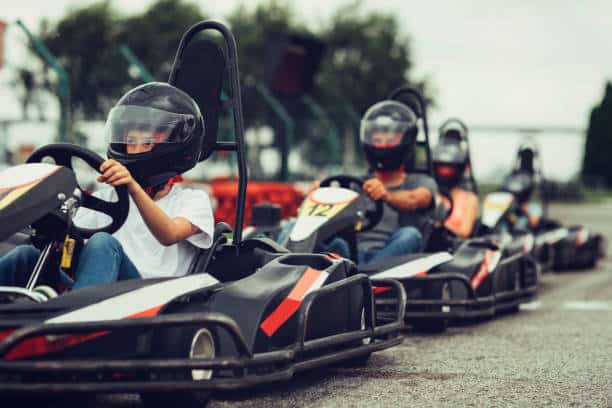
Horsepower also determines how quickly a go kart can accelerate. The more horsepower, the faster it can accelerate from a standstill. This is because horsepower relates torque and engine RPMs – with more horsepower, there is more torque available across the RPM range.
Typically, doubling horsepower cuts the 0-60 mph acceleration time approximately in half. However, more horsepower requires more traction. Too much horsepower with inadequate traction results in wheel spin rather than increased acceleration.
Calculation and Application of Horsepower in Go Karts
The Mathematics of Horsepower
Horsepower can be calculated using torque and engine speed:
Horsepower = (Torque x RPM) / 5,252
Where torque is measured in lb-ft and RPM is engine speed in revolutions per minute. This formula shows that horsepower increases with both torque and engine speed. Most go kart engines produce peak power in the range of 4,000-6,500 RPM.
Real-World Application: A Case Study
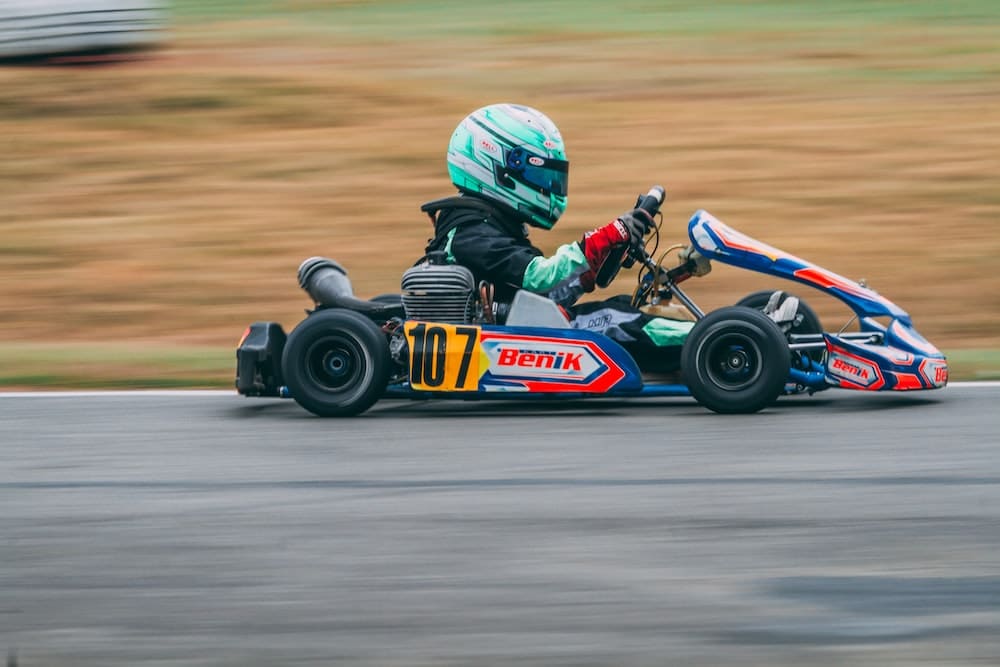
As an example, let’s calculate the horsepower of a go kart engine producing 8 ft-lbs of torque at 5,000 RPM:
Horsepower = (8 x 5,000) / 5,252 = 7.6 HP
This means that this hypothetical go kart engine can produce around 7.6 horsepower at peak output. This is a typical power level for a moderately powered go kart suitable for recreational use.
Horsepower and Go Kart Engines: A Detailed Analysis
Engine Types and Their Horsepower
There are two main types of engines used in go karts – 2-stroke and 4-stroke. Here are some typical horsepower levels based on engine type and displacement:
- 50cc 2-stroke – 2 to 5 HP
- 100cc 2-stroke – 5 to 10 HP
- 150cc 2-stroke – 8 to 12 HP
- 200cc 2-stroke – 10 to 15 HP
- 250cc 2-stroke – 13 to 20 HP
- 150cc 4-stroke – 5 to 7 HP
- 200cc 4-stroke – 6 to 10 HP
- 250cc 4-stroke – 8 to 12 HP
- 300cc 4-stroke – 10 to 15 HP
2-stroke engines generally make more horsepower for a given displacement than 4-strokes. But 4-stroke engines may provide more torque and smoother power delivery.

Optimal Horsepower for Different Engines
The ideal horsepower depends primarily on the physical size and purpose of the go kart. Some guidelines:
- Small recreational karts – 4 to 6 HP
- Mid-size flat track racers – 8 to 12 HP
- Large oval racers – 15+ HP
- Off-road competition karts – 18+ HP
Karts geared for slower recreational use need less power. Racing applications demand more. Off-road requires ample torque and horsepower to traverse rough terrain.
Chain Sizes and Their Effect on Horsepower
Larger chain sizes allow the transmission of more power from the engine to the drive axle. Most go karts use #35, #40, or #41 chain. Here are some guidelines on selecting chain size based on horsepower:
- Under 10 HP – #35 chain
- 10-15 HP – #40 chain
- 15-20+ HP – #41 chain
Using a chain that is undersized for the horsepower can lead to premature chain failure through stretching and snapping under high loads.
Decoding the Functionality of Clutch and Torque Convertor in Go Karts
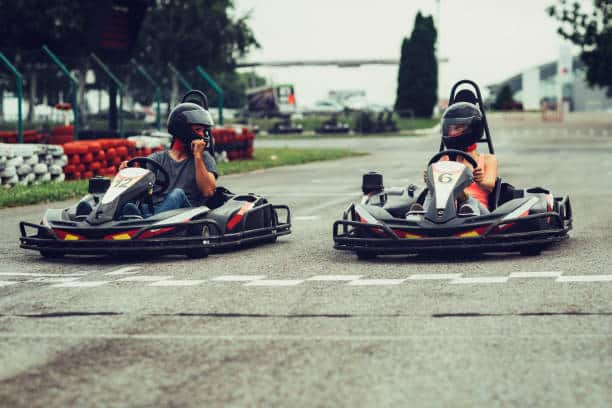
Understanding the Role of Clutch
The clutch connects and disconnects the engine from the drivetrain. This allows the engine to run without directly turning the wheels. The clutch engages when engine RPMs increase enough to match wheel speed. This prevents engine stalling and allows smooth launches.
Clutches are typically used on higher horsepower racing go karts. The abrupt engagement provides quick power transfer for fast acceleration. But clutches can be difficult to modulate for beginners.
Delving into the Function of Torque Converter
A torque converter is a fluid coupling that transmits power through hydraulic force. It provides variable gear reduction ratios depending on speed. At low speeds, it provides high torque for smooth acceleration. At high speeds, it approaches a 1:1 ratio.
Torque converters are common on off-road and recreational go karts due to their progressive engagement. But they absorb some power through fluid shear, so they are less efficient than clutches.
Analysing the Performance: Torque Convertor vs Clutch
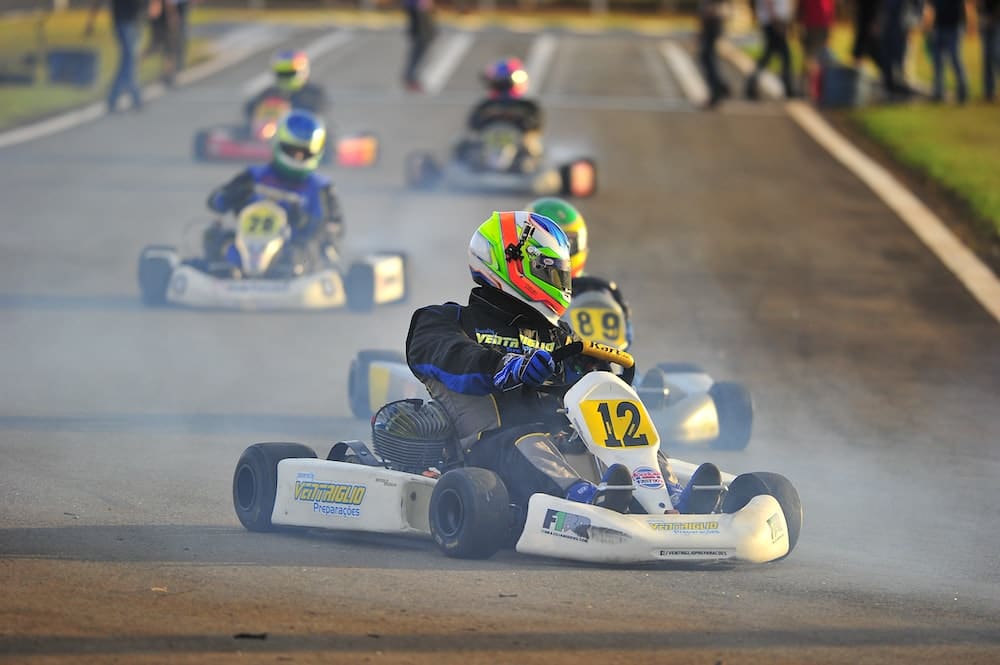
Here is a comparison between torque converters and clutches:
- Clutches have fixed gear ratios while torque converters have variable ratios.
- Clutches engage instantly while torque converters have progressive engagement.
- Clutches are more efficient while torque converters have higher parasitic losses.
- Clutches work best with high horsepower while torque converters are suited for low to mid range power.
In summary, clutches are preferred for high-performance racing karts, while torque converters are well-matched for recreational karts due to their smooth, controllable power transfer.
Determining the Horsepower Requirement for Your Go Kart
Factoring in Your Go-Kart’s Weight
Heavier go karts require more horsepower to achieve equivalent performance to lighter karts. As a general guideline:
- Under 200 lb karts – 5 to 10 HP
- 200-400 lb karts – 10 to 15 HP
- Over 400 lb karts – 15 to 20+ HP
These power levels provide good acceleration and top speed while minimizing wheel spin. Karts outside these ranges may suffer from sluggish acceleration or uncontrollable wheel spin.
Role of Horsepower in Performance
More horsepower offers greater speed capability. But extremely high horsepower in a light kart can be dangerous. Here are some tips:
- Performance karts – Match horsepower to weight for controllable speed.
- Racing karts – Use the maximum allowable horsepower for your class.
- Recreational karts – Prioritize stability and safety over outright speed.
Finding the right horsepower balance is key to optimizing performance while maintaining drivability and control.
Comprehensive Review of High Horsepower Go Kart Engines
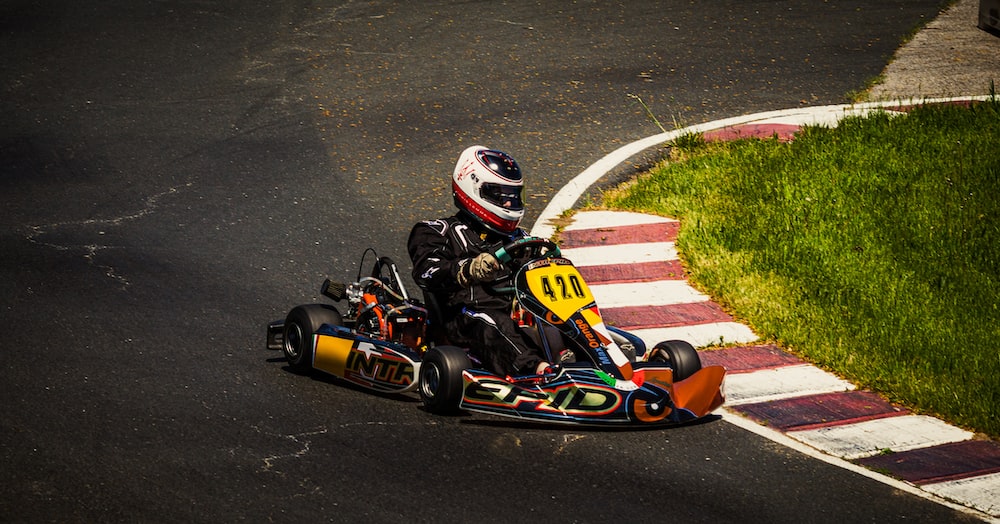
Top-Selling High Horsepower Engines
Here are some top engines producing over 15 HP for high-performance go karts:
- Briggs & Stratton LO206 – 4-stroke 206cc engine producing up to 18 HP and designed specifically for racing.
- Predator 212cc – 4-stroke 212cc OHV engine capable of producing over 15 HP with easy modifications.
- Tecumseh HH120 – Powerful 4-stroke 120ci/2.0L engine producing up to 20 HP.
- Yamaha KT100 – Legendary 100cc 2-stroke kart racing engine making up to 19 HP at high RPMs.
- TM K9B – High performance 95cc 2-stroke engine producing 18 HP and excellent power for a 2-stroke under 100cc.
These race-bred engines offer tremendous horsepower from optimized designs focused on power production.
Final Thoughts on Horsepower and Go Karts
Horsepower has a major impact on go kart capabilities. But too much horsepower can be difficult to control. The ideal amount depends on factors like vehicle weight, intended use, and driver skill level. With the right engine choice and proper gearing, an optimal horsepower level provides strong acceleration and high speed while remaining stable and controllable.
